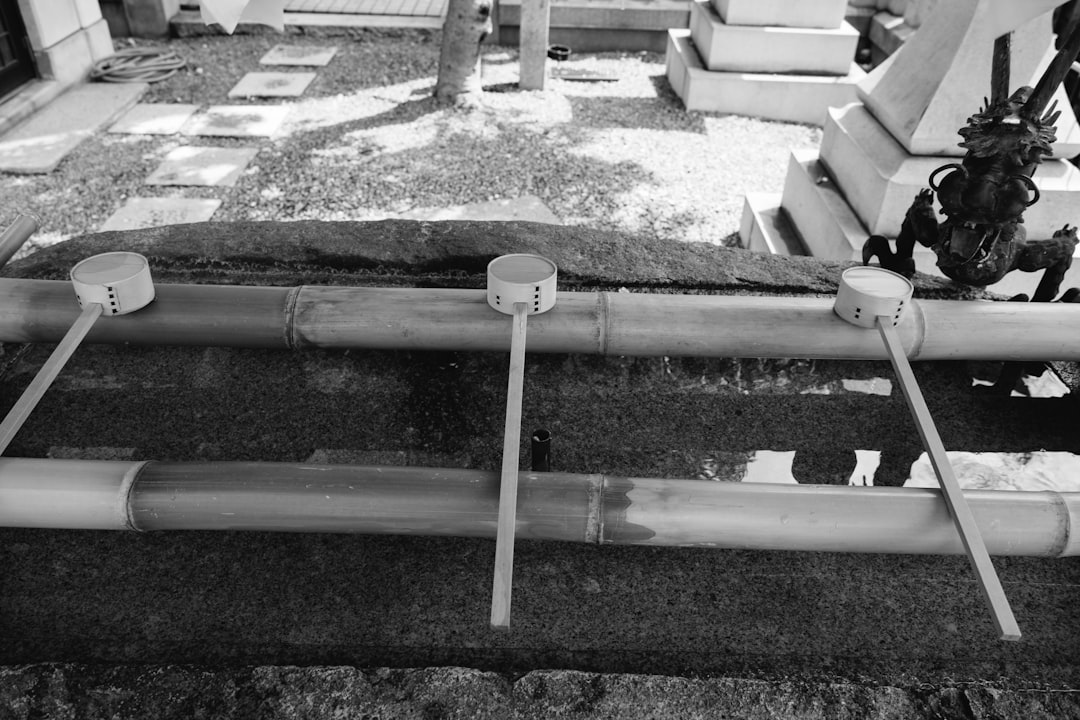
In residential construction, a precise sink installation is crucial for both functionality and aesthetics. The cost for a standard sink installation ranges from $650 to $1200 per opening, depending on the complexity and materials used. A well-executed installation saves labor hours, reduces material waste, and prevents costly callbacks, ultimately protecting your profit margins and reputation.
Contractors need to provide transparent, data-backed estimates to win jobs. The average cost for a drop-in sink installation is approximately $482.67, with labor rates around $61/hr. By leveraging real-time data and regional labor rates, you can ensure your estimates are accurate and competitive.
1. Capture Scope by Voice
2. Auto-Pull Blueprint Measurements
3. Generate AI Line Items and Costs
4. Select Supplier Pricing in Real Time
5. Produce Client-Ready Quote and Schedule
6. Push Tasks to Field Crew Mobile App
This workflow streamlines the process, reducing manual entry and minimizing errors in critical tasks like cutting sink openings or setting strainers.
• Countertop substrate thickness and cut-out tolerance
• Sink type: drop-in, undermount, farmhouse, or integral
• Fastener kits compatible with cabinet box material
• Sealant rated for potable water and UV resistance
• Drain assembly length matching local code traps
Ensure each material selection is cross-checked against regional code libraries to avoid availability issues.
For a standard drop-in kitchen sink install, the benchmark is 2.1 crew-hours, including faucet hookup and pressure test. Undermounts average 3.4 crew-hours due to adhesive cure time and support rail installation.
• Mis-sized cut-outs: Prevented by AI blueprint takeoff
• Missing gasket kits: Flagged in the material checklist
• Over-siliconing seams: Photo recognition prompts correct bead thickness
• Incorrect pitch to drain: Laser-level integration alerts crew in real time
A sink install interacts with cabinetry, plumbing rough-ins, countertop fabrication, and finish flooring. Ensure all dependencies are linked to avoid delays and site chaos.
• Faster Estimates: Voice-to-estimate in under 3 minutes
• Fewer Callbacks: AI rule sets catch specification mismatches
• Stronger Close Rate: Interactive quote documents let clients toggle sink styles and see price differences instantly
A Metro Denver contractor used real-time data to bid a midrange kitchen upgrade, resulting in a precise estimate and quick client approval.
Register for a free walkthrough at CountBricks. Bring a current project file or describe the job to receive a polished estimate ready to send.
1. Run a five-minute leak test under full pressure
2. Verify countertop caulk line is continuous
3. Confirm strainer basket aligns with garbage disposal
4. Photograph the finished install and upload to cloud storage
5. Close the task in the mobile app to trigger auto-invoicing
With optimized workflows, a flawless sink install becomes the standard.

While the steps for any sink install follow a familiar arc—measure, cut, set, seal—the nuances between undermount and drop-in models can significantly impact your margin. Pre-built task templates capture these nuances, saving time and ensuring accuracy.
• Undermount fasteners: Require epoxy-safe clips or rails, adding roughly $18 in material cost per basin.
• Countertop edging: A polished reveal is mandatory for undermounts.
• Sealant type: Drop-ins tolerate multi-surface caulk, but undermounts demand structural silicone with 600-psi bond strength.
1. Countertop Reinforcement: Undermounts often need plywood sub-rails.
2. Cure Time Buffer: A mandatory four-hour adhesive cure block prevents accidental shifts.
3. Final Polish: Allocates time to buff the reveal, preventing under-billing.
Replacing drop-ins with undermount granite sinks increased labor by 2.6 hours and materials by $74, with immediate client approval due to transparent quoting.
• Use voice capture to log faucet model numbers; the AI checks compatibility automatically.
• Upload countertop shop drawings; edge radii feed directly into cut-out templates.
• Use the mobile app’s barcode scanner to confirm the correct drain kit before leaving the supply house.
Explore more workflow accelerators at CountBricks and turn small fixtures into big profit drivers.